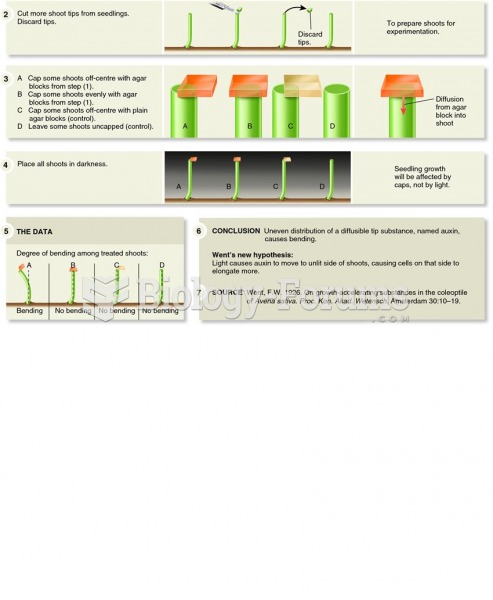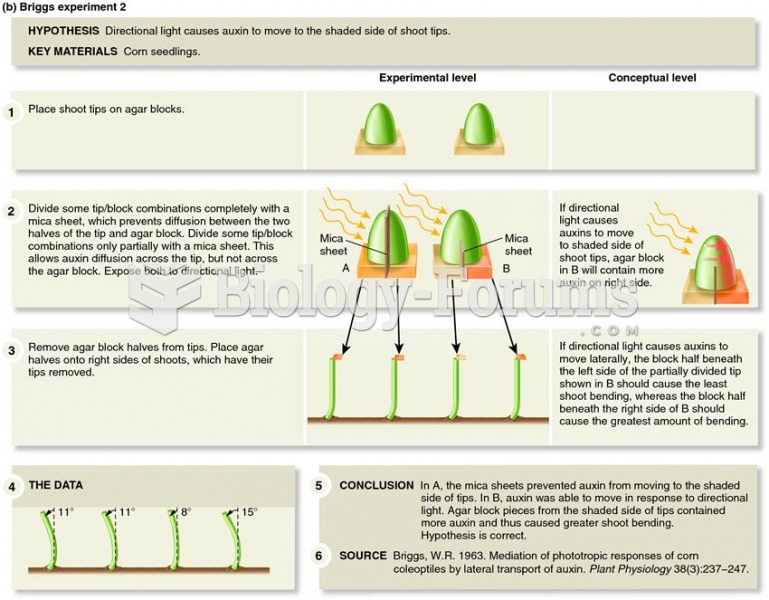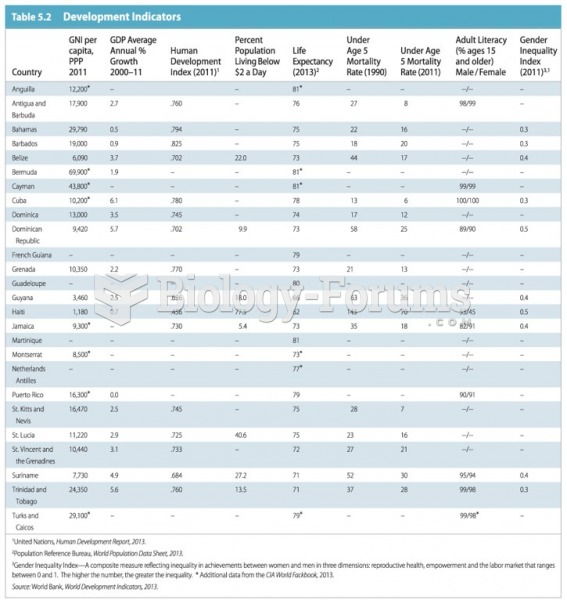Answer to Question 1
Answer: Intermodal perception is a fundamental capacity that fosters all aspects of psychological development. Our world provides rich, continuous intermodal stimulationsimultan eous input from more than one modality, or sensory system. In intermodal perception, we make sense of these running streams of light, sound, tactile, odor, and taste information, perceiving them as integrated wholes.
Infants expect sight, sound, and touch to go together. Research reveals that babies perceive input from different sensory systems in a unified way by detecting amodal sensory propertiesinformati on that overlaps two or more sensory systems, such as rate, rhythm, duration, intensity, temporal synchrony (for vision and hearing), and texture and shape (for vision and touch). Young infants seem biologically primed to focus on amodal information.
Intermodal sensitivity is crucial for perceptual development. In the first few months, when much stimulation is unfamiliar and confusing, it enables babies to notice meaningful correlations between sensory inputs and rapidly make sense of their surroundings. In addition to easing perception of the physical world, intermodal perception facilitates social and language processing. Intermodal perception assists infants in their active efforts to build an orderly, predictable world.
Answer to Question 2
Answer: Cultural variations in infant-rearing practices affect motor development. To ensure safety and ease toileting while parents work in the fields, mothers in rural northeastern China place infants on their backs in bags of sand (similar to kitty litter) for most of the day, continuing this practice into the second year. Compared with diapered infants in the same region, sandbag-reared babies are greatly delayed in sitting and walking. Among the Zinacanteco Indians of southern Mexico and the Gusii of Kenya, adults view babies who walk before they know enough to keep away from cooking fires and weaving looms as dangerous to themselves and disruptive to others. Zinacanteco and Gusii parents actively discourage infants gross-motor progress. In contrast, among the Kipsigis of Kenya and the West Indians of Jamaica, babies hold their heads up, sit alone, and walk considerably earlier than North American infants. In both societies, parents emphasize early motor maturity, practicing formal exercises to stimulate particular skills. In the first few months, babies are seated in holes dug in the ground, with rolled blankets to keep them upright. Walking is promoted by frequently standing babies in adults laps, bouncing them on their feet, and exercising the stepping reflex. As parents in these cultures support babies in upright postures and rarely put them down on the floor, their infants usually skip crawlinga motor skill regarded as crucial in Western nations.







